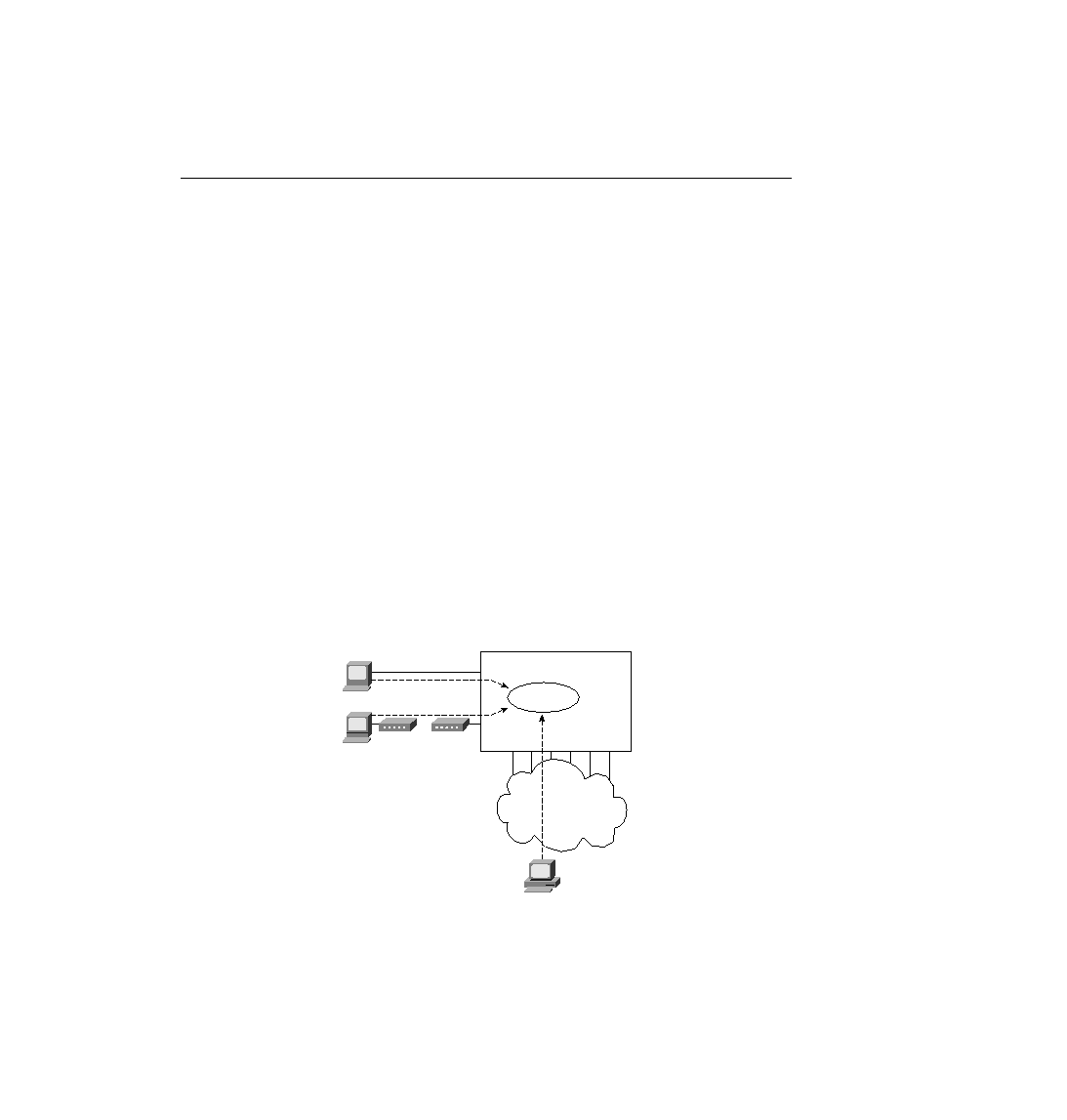
a single number. However, with some other families of routers, the interface is numbered first
with the slot in which the card resides, followed by a slash and then the port number on that
card. For example, port 3 on the card in slot 2 would be interface 2/3. Numbering starts with 0
for card slots and 0 for ports on any card. In some cases, the interface is defined by three
numbers: first the card slot, then the daughter card (typically called a port adapter), and then a
number for the physical interface on the port adapter. The 2600 and 3600 families also use a
slot/port numbering scheme.
Product Catalog (http://www.cisco.com/univercd/cc/td/doc/pcat/).
The term CLI implies that the user is typing commands at a terminal, terminal emulator, or
Telnet connection. Although you can pass the CCNA exam without ever having used the CLI,
actually using the CLI will greatly enhance your chances.